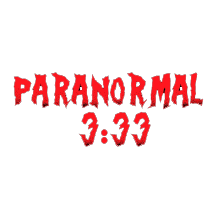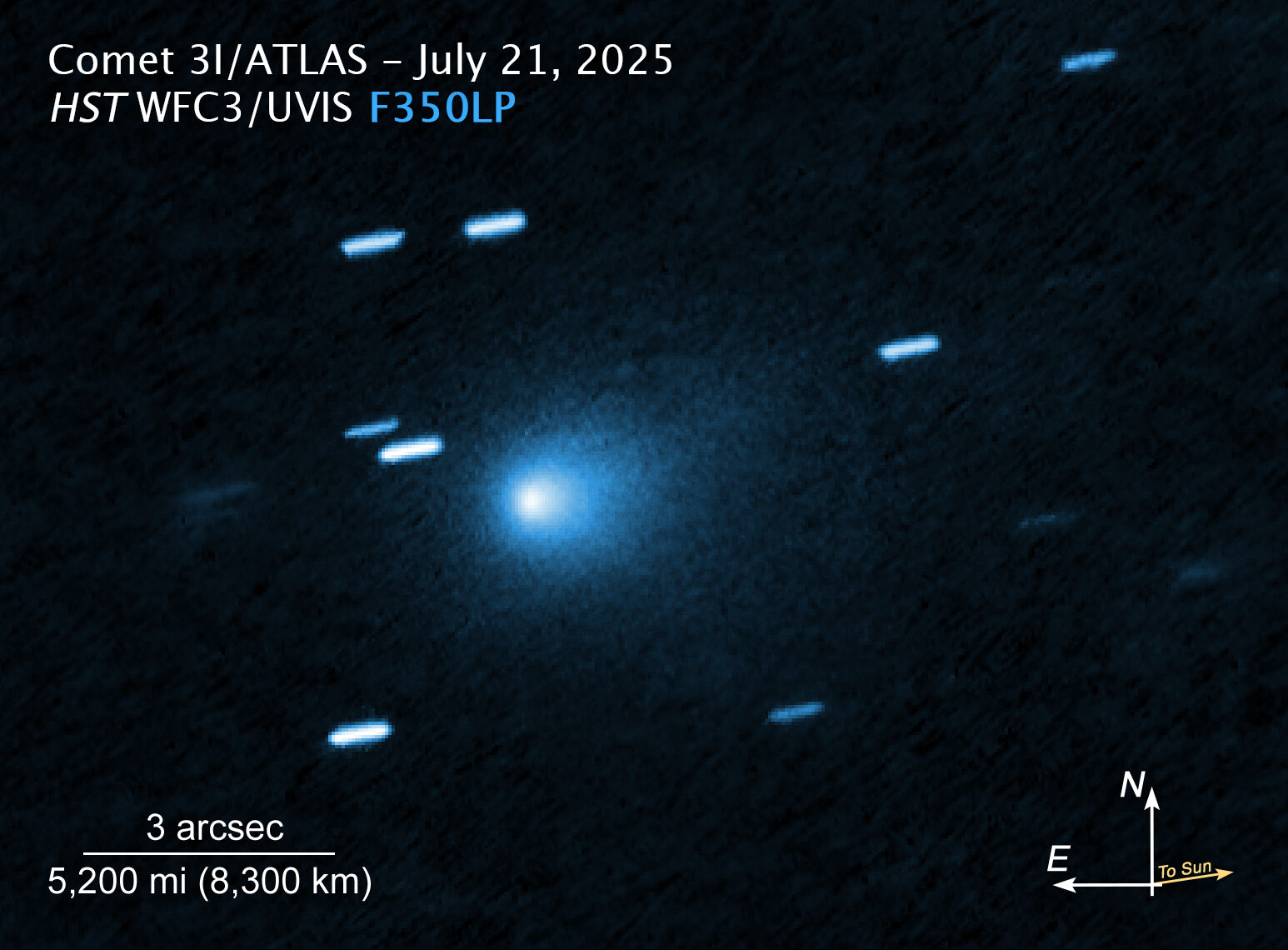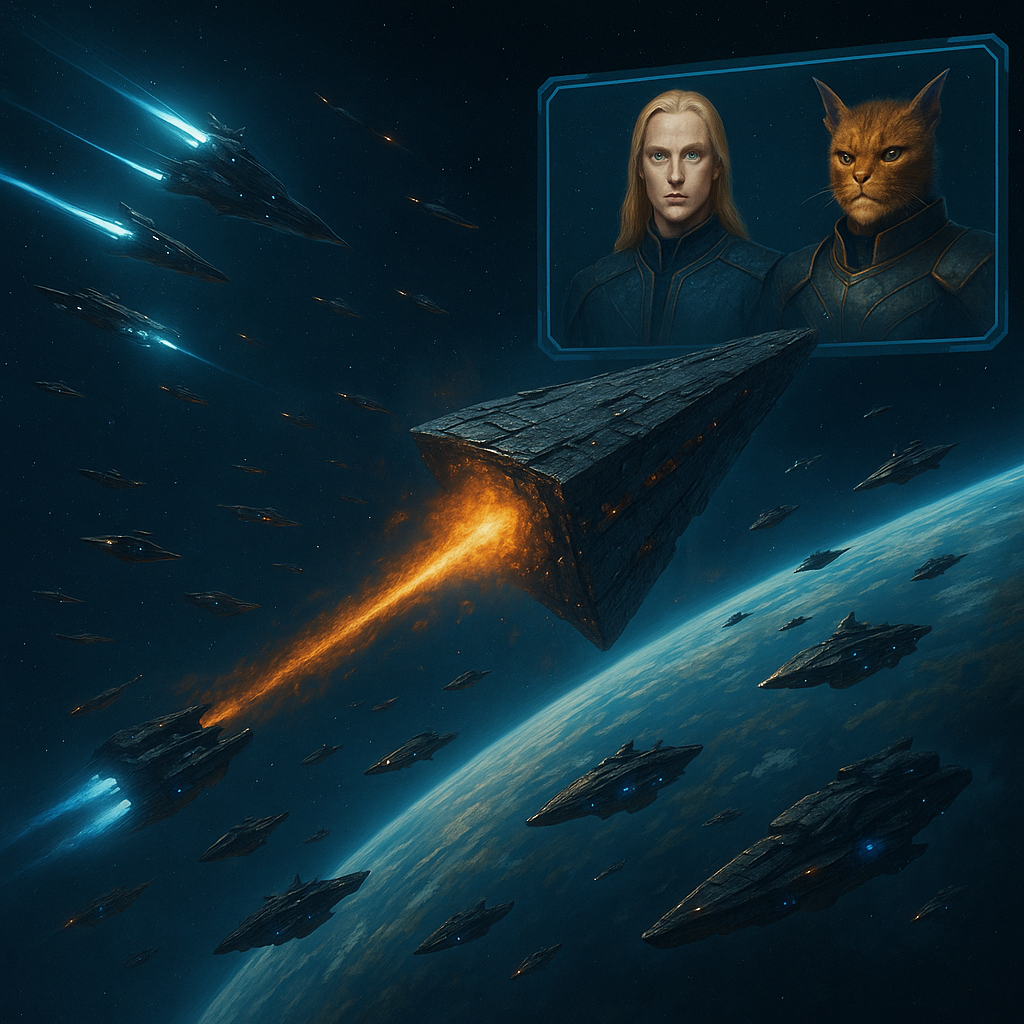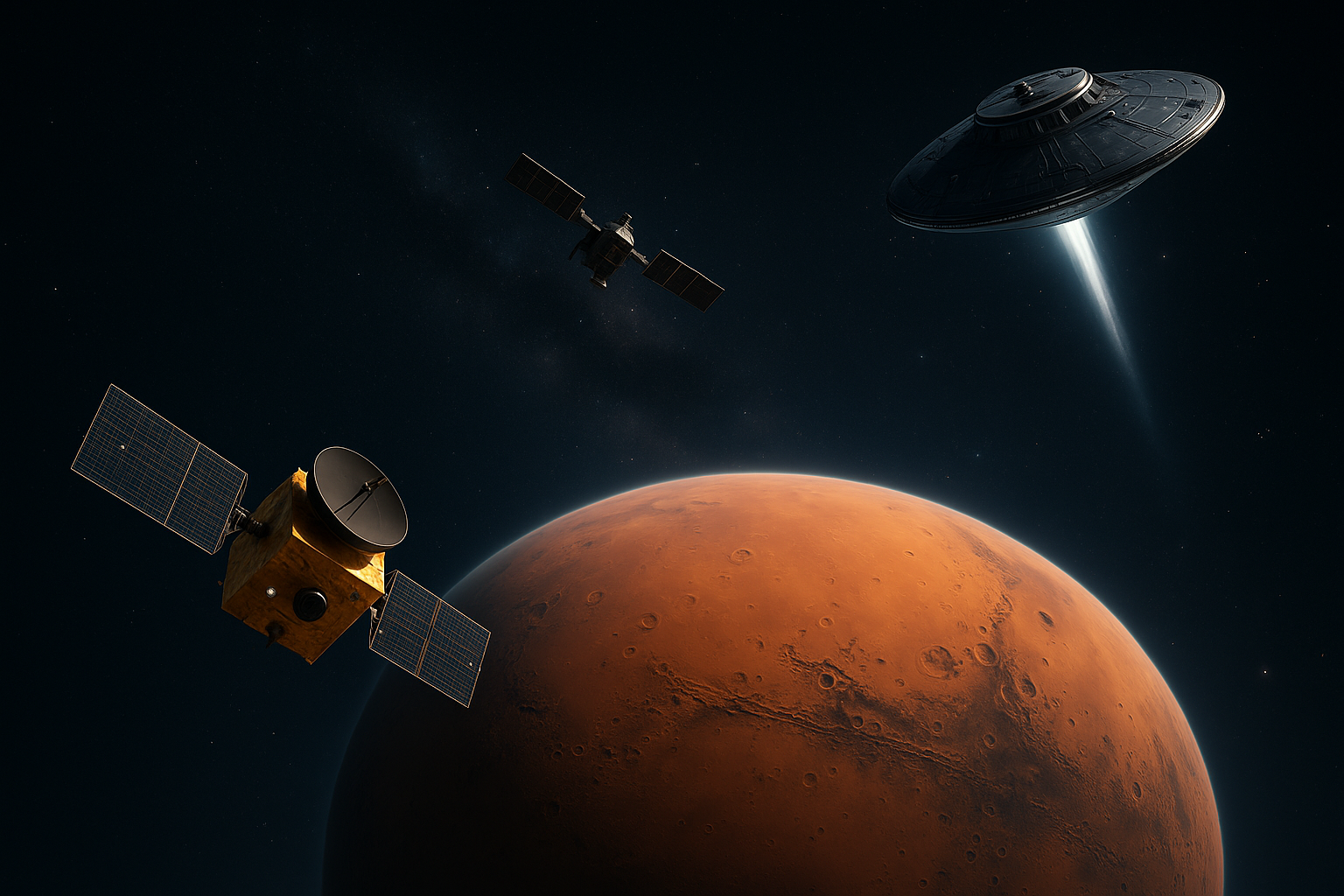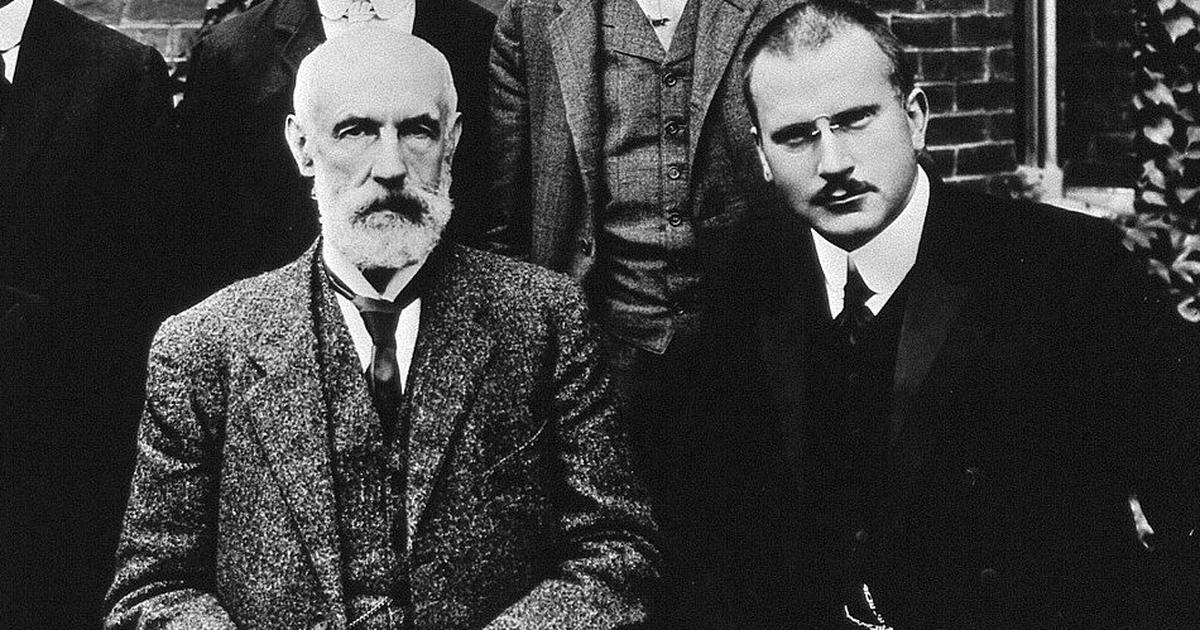From the echoes of ‘Oumuamua to the Loeb Scale, the story that official science refuses to tell you about the object targeting our solar system.
Objective of the Text: To demonstrate that the cluster of anomalies and statistically impossible probabilities in the trajectory and behavior of 3I/ATLAS points, according to Dr. Avi Loeb’s analysis, to a hypothesis of intelligent design, and to explore the implications of having a potential alien technology in our cosmic backyard.
Prologue: The Third Visitor (and the Strangest of All)
For most of history, humanity viewed the heavens under a fundamental assumption: our solar system was a lonely island, a closed system. Everything we saw was born here. But in the last decade, that isolation was shattered. Visitors from the depths of interstellar space began to arrive, and with each one, the mystery has deepened.
The first, in 2017, was 1I/‘Oumuamua. It was unlike anything we had ever seen. It was a dark, anomalous object that accelerated without a visible cause. It was a riddle, a cosmic whisper that left scientists divided and which Avi Loeb himself classifies as a possible technosignature.
Then, in 2019, 2I/Borisov arrived, and the scientific community breathed a sigh of relief. This one was a textbook comet, predictable and completely natural. The universe made sense again. ‘Oumuamua had been the strange exception; Borisov was the rule. It made us lower our guard.
That calm ended on July 1, 2025.
On that day, the discovery of the third visitor was announced: 3I/ATLAS. From the outset, this object not only revived the mystery but completely eclipsed it. The research paper that formally presents the “Loeb Scale” describes it as a case with an “unprecedented accumulation of anomalous characteristics.”
What do they mean? A chain of statistical “miracles” and physical contradictions that defy a natural explanation: its nearly impossible trajectory is perfectly aligned with our planets; its size is so gigantic that we shouldn’t have found it for millennia; its “schedule” is synchronized to fly by three key planets; and its composition is that of a “comet” that, inexplicably, does not emit cometary gases.
This is not just another visitor. This is the one that breaks all the rules.
Chapter 1: The Cosmic Crime Scene — The “Impossible” Coincidences
When detectives arrive at a crime scene, they look for clues, elements that don’t fit, coincidences that defy logic. In the case of 3I/ATLAS, the scene is our own solar system, and the clues left by this cosmic visitor are so improbable they point to a disturbing conclusion: its arrival was not an accident.
The Object That Shouldn’t Exist
The first problem is the object itself. Initial brightness measurements suggest a colossal size of approximately 20 km in diameter. This, in itself, creates what Dr. Loeb calls a “profound numerical puzzle.” In the cosmos, small objects are common and large ones are extremely rare. Statistically, before finding a “monster” of this size, we should have detected hundreds of thousands, or even a million, smaller interstellar objects. We have not.
Furthermore, if you were to take all the rocky material believed to exist in interstellar space and package it into 20 km objects, probability dictates that one of them should visit us, at most, once every tens of thousands of years. And yet, here it is, after only a decade of searching.
The Mystery of the Calculated Trajectory
If the “what” is a puzzle, the “where” and “when” defy all statistical explanation. The path of 3I/ATLAS is not a random journey; it appears to be designed with astonishing precision.
- Perfect Alignment: Although its orbit is retrograde (it moves in the opposite direction of the planets), it is almost perfectly aligned with the orbital plane of our solar system (the ecliptic), with a deviation of barely 5 degrees. The probability of a random interstellar object having this configuration is only 0.2%, or 1 in 500. We have already detected three visitors, and we haven’t waited for the other 499 to see this “miraculous” alignment.
- Synchronized Rendezvous: But the most incredible anomaly is its schedule. Its trajectory is synchronized to pass unusually close to three key planets: Venus, Mars, and Jupiter. The cumulative probability of a random object arriving at the exact right time to perform this planetary “tour” is a mere 0.005%, or 1 in 20,000.
The Practical Metaphor
When you add up these astronomically low probabilities — the improbable size, the improbable alignment, and the improbable schedule — the idea of “coincidence” becomes untenable.
We are not watching a stray bullet fired randomly through the solar system. The evidence, stacked one piece upon another, points to something much more deliberate: the trajectory of a scheduled tourist tour with a map and a watch.
Chapter 2: The Ghost in the Data — A Comet That Refuses to Be a Comet
If the trajectory of 3I/ATLAS is the modus operandi of a cosmic crime, then its physical characteristics are the fingerprints. And these fingerprints do not match the usual suspect that official science presents to us: a simple comet. The data, when observed without prejudice, paints a picture of something completely different.
The Negative Physical Evidence: The Naked Comet
When astronomers pointed their most powerful telescopes, including the Hubble Space Telescope, at 3I/ATLAS, they saw something baffling. The object is preceded by a “coma,” a bright, compact dust cloud extending for about 10,000 kilometers. At first glance, this screams “comet.” But that’s where the similarity ends.
- Absence of Gases: Multiple teams of astronomers have analyzed the light from this coma searching for the spectral “fingerprints” of the gases that are always found in comets (carbon-based molecules, oxygen, etc.). The result: they found nothing. It is a dust cloud without the gas that should have created it.
- Absence of a Tail: The pressure of sunlight should push the dust particles from the coma backward, creating a characteristic cometary tail. However, in the Hubble images, there is no evidence of a dust tail behind the object. The dust cloud simply travels in front of it.
Practical Metaphor: It’s like finding a race car enveloped in a cloud of smoke, but the smoke doesn’t smell like gasoline and leaves no trail as it moves forward. At some point, you have to start doubting it has a combustion engine.
The Impossible Brightness Profile
The deepest anomaly is hidden in the Hubble data. Dr. Loeb points out that the brightness of a normal comet’s coma fades gently as you move away from the nucleus (inversely with distance).
However, the brightness of 3I/ATLAS’s coma decays much more abruptly and intensely (inversely with the distance cubed). This profile is so anomalous that Loeb proposes a provocative explanation: one way to get this result is if the object is not just reflecting sunlight, but is generating its own central light source.

Loeb’s Uncomfortable Conclusion
For 3I/ATLAS to be a comet, scientists are forced to invent a type of object never seen before. Just as with ‘Oumuamua, to explain the anomalies one must propose that it is made of exotic materials like solid hydrogen or nitrogen, for which we have no evidence whatsoever.
Loeb’s conclusion is as simple as it is challenging: experts prefer to imagine impossible comets rather than face the possibility right in front of them.
Sometimes, the simplest explanation — that it is not a comet at all — is the one they refuse to consider.
Chapter 3: The Loeb Scale: Putting a Number on the Threat
Faced with such a profound cascade of anomalies, clinging to the “comet” label becomes an act of faith, not science. Dr. Avi Loeb and his colleagues recognized that astronomy lacked a protocol for handling these mysteries. If an object doesn’t fit into the “rock” or “ice ball” boxes, how do we classify it? How do we measure its level of strangeness in a serious, standardized way?
To solve this, they proposed a new and revolutionary tool.
The New Scientific Protocol
In a formal scientific paper, Loeb and his team presented the “Loeb Scale,” officially named the IOSS (Interstellar Object Significance Scale). It is the first tool designed to classify interstellar visitors based on their technological potential, using observable evidence. The scale ranges from Level 0 (a completely natural object with no mysteries, like comet 2I/Borisov) to Level 10 (confirmed extraterrestrial technology with an imminent global impact).
The Classification of 3I/ATLAS
So, where does 3I/ATLAS fit on this new scale?
Both in the research paper and in his interviews, Dr. Loeb is unequivocal: due to the “unprecedented accumulation of anomalous characteristics,” 3I/ATLAS, just like ‘Oumuamua, receives a classification of Level 4.
The official definition of a Level 4 is: “Anomaly meeting potential techno signature criteria”. This means the object not only has anomalies that defy natural explanations (Level 3), but it also possesses characteristics that are, at least weakly, consistent with an artificial origin, such as its aligned trajectory or its paradoxical size.
The Real Implication: A Scientific Alarm
It is crucial to understand what this means. A Level 4 classification is not an assertion that 3I/ATLAS is an alien ship.
It is a scientific alarm.
The paper itself makes it clear: a Level 4 classification indicates that there are sufficient anomalies for the scientific community to activate “enhanced observational campaigns” and conduct a “comprehensive investigation of all possibilities, including technological hypotheses”.
In other words, a Level 4 is the moment when serious science must stop ridiculing the idea and start actively investigating. It is the official signal that the “ghost in the data” is so evident that ignoring it is no longer skepticism; it is negligence.
Chapter 4: The Urgent Response: When Congress Calls NASA
A Level 4 classification on the Loeb Scale is not just a note in an academic paper; it is a call to action. It means the anomalies are so significant that inaction is no longer an option. And this time, the call isn’t just coming from visionary scientists. For the first time in history, the alarm over an interstellar visitor has escalated to the halls of political power in Washington D.C.
The Political Alarm
The situation has become so serious that it has captured the attention of the United States Congress. Inspired directly by Dr. Loeb’s urgent analyses, Congresswoman Anna Paulina Luna sent an official letter to the administrator of NASA. In it, she formally urged the agency not to ignore the strange characteristics of 3I/ATLAS and to use all available resources to investigate it.
This move is unprecedented. What was once a debate relegated to astronomy forums and science fiction blogs has now become a matter of national interest, proving that the implications of 3I/ATLAS are too great to be ignored.
The Interception Plan
The congresswoman’s letter did not arise from nothing; it was based on a concrete and feasible action plan proposed by Avi Loeb himself. We don’t need to wait decades to build a new mission. According to Loeb, we have the tools to get answers in the coming months.
- Rendezvous at Mars (October 2025): 3I/ATLAS will pass unusually close to Mars on October 3rd, 2025. Loeb has proposed using the powerful HiRISE camera aboard NASA’s Mars Reconnaissance Orbiter (MRO) to capture the first high-resolution images of the object. This would be our first chance to see if it’s a simple rock or something more.
- Repurposing Juno (March 2026): The most spectacular opportunity involves the Juno probe. This spacecraft, which has been orbiting Jupiter, was scheduled to end its mission by deliberately crashing into the planet in September 2025. Loeb proposed a bold plan: instead of destroying it, use its remaining fuel to divert Juno and place it on a trajectory that will approach 3I/ATLAS in March 2026. Calculations show that even with only 10% of its fuel, Juno could pass within 25 million kilometers, close enough for its instruments to analyze magnetic fields and particles around it.
The Backyard Metaphor
The logic behind this urgency is simple and irrefutable, and Loeb himself summarizes it in a powerful metaphor that disarms any passive skepticism. The situation is no longer theoretical; it is immediate.
As he eloquently states, the situation is simple: “When a stranger enters your backyard, you don’t wait for them to call you on the phone. You go out to see who it is. 3I/ATLAS is in our backyard right now.”
Epilogue Paranormal 3:33
We have presented the evidence: a trajectory that defies chance, a physics that doesn’t fit our models, and an urgent response that has escalated to the U.S. Congress. When you connect the dots, the picture that emerges is as clear as it is unsettling.
The Final Verdict: This is not a simple comet. It is not a simple rock. 3I/ATLAS could be the key that reveals just how alone — or how observed — we have always been in the cosmos.
The Uncomfortable Question: The probabilities of this object being a concatenation of natural miracles are, as we have seen, astronomically low. The only question that remains is if the probability of it being artificial is, somehow, higher.
The real question is no longer if we are alone. The question is if we have always been alone, and this is the first knock on our door.
To Learn More and Follow the Research
This is an ongoing event. For those who wish to delve deeper and follow the story from the original sources, here is a list of essential resources:
- Dr. Avi Loeb’s Essays on Medium: Where he publishes his latest analyses and reflections on 3I/ATLAS and other cosmic mysteries.
- https://avi-loeb.medium.com/
- The Full Interview on 3I/ATLAS (YouTube): The conversation from which many of the quotes and data for this article were extracted.
- https://youtu.be/LxRp30yCyk4
- The Scientific Paper on the ‘Loeb Scale’ (arXiv): The formal document where the classification scale is presented and the anomalies of 3I/ATLAS are analyzed in detail.
- https://arxiv.org/abs/2507.12213
- The Galileo Project: The research initiative founded by Dr. Loeb for the systematic search for extraterrestrial technosignatures.
- https://projects.iq.harvard.edu/galileo
- NASA’s Small-Body Database: To view the official orbital data for 3I/ATLAS (designated as A/2025 P3).
- https://ssd.jpl.nasa.gov/tools/sbdb_lookup.html#/?sstr=A%2F2025%20P3
About the Author
For more than five years, Alberto Cardenas has journeyed to the epicenter where myth and reality meet. As a UFO and paranormal phenomenon researcher, and a collaborator with the Paranormal & UFO Research Center RGV, his work consists not only of seeking evidence but of narrating the stories that arise from the inexplicable. Through his own platform, Paranormal 3:33, he intertwines field investigation, popular culture, and critical analysis. The result is stories that captivate both those who seek to believe and those who need to doubt, proving that a good story transcends all barriers. For Alberto, myths are not simple anecdotes, but windows into the depths of the human condition. His work does not chase definitive answers, but something much more valuable: keeping the question alive. Because it is in the exploration of the unknown where we often find ourselves best.
Contact
Do you have a story to tell, want to share a reflection on this article, or start a collaboration? Your perspective is valuable. You can write to us at:
- alberto@paranormal333.com
- alberto@paranormalrgv.com
Regarding the Reproduction of this Text
We greatly appreciate your interest in sharing and discussing the ideas presented in this article. All content in this publication is the intellectual property of the author. If you wish to cite, reproduce, or distribute this material, either in part or in its entirety, in any digital or printed medium, we kindly ask that you get in touch via the provided emails to request the corresponding authorization. We are excited by the idea of these explorations reaching more people and would be happy to discuss it.
